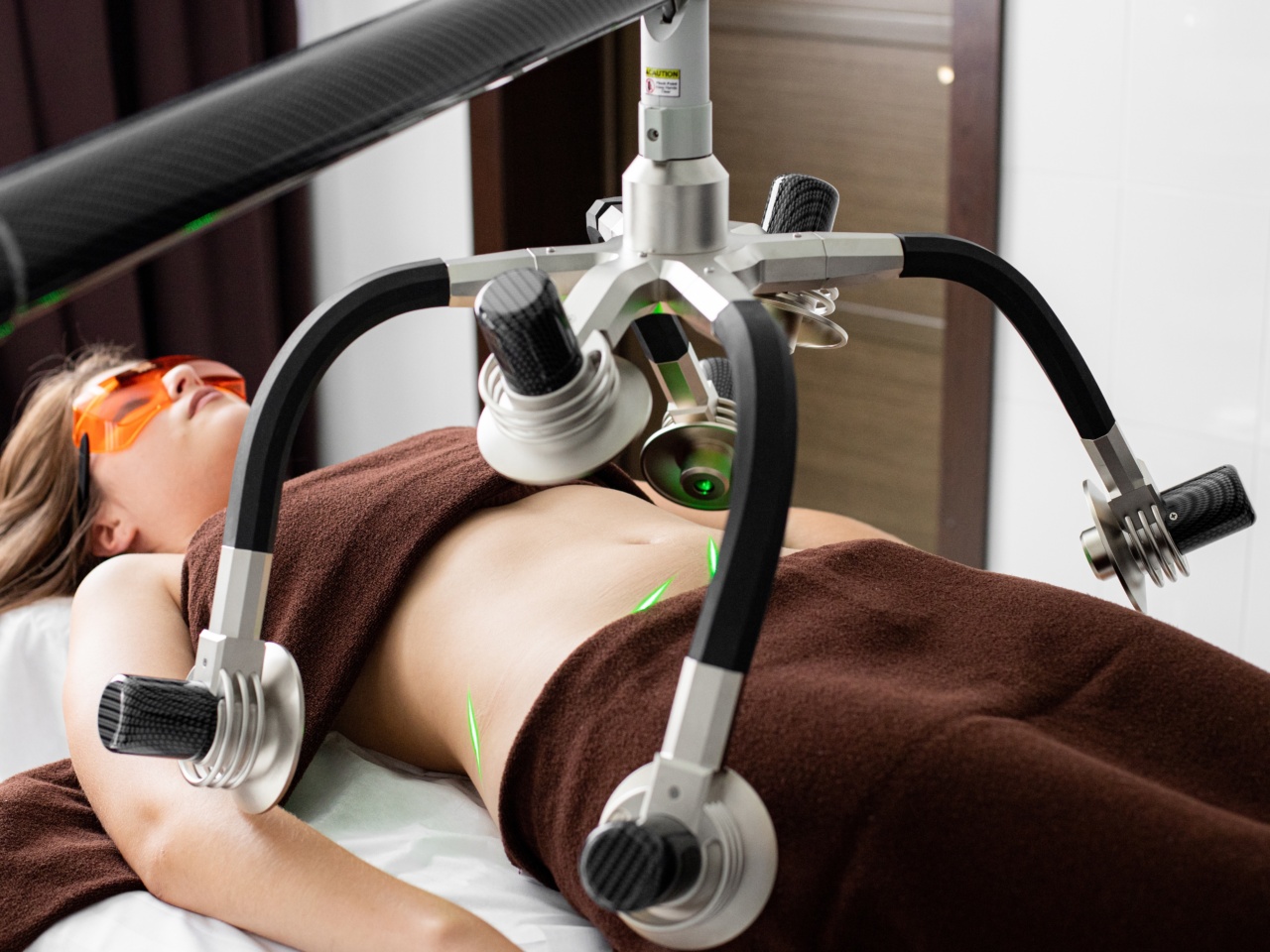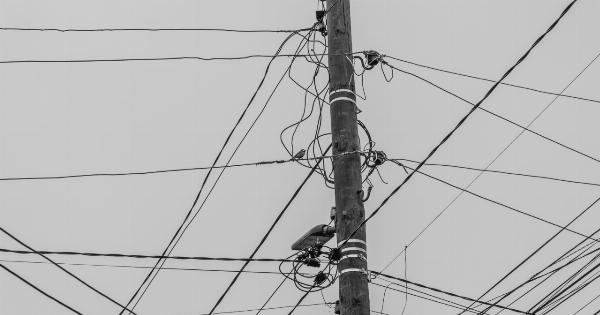Cervical lesions are abnormal growths on the cervix, which is the lower part of the uterus that connects to the vagina. Some cervical lesions can be harmless, but others can lead to cervical cancer.
These lesions are usually caused by the human papillomavirus (HPV), which is a sexually transmitted infection.
What are warts?
Warts are small, rough growths on the skin that are caused by a virus. There are many types of warts, including common warts, plantar warts, and genital warts. Genital warts are caused by the same strains of HPV that cause cervical lesions.
They can appear on or around the genitals, anus, or mouth, and can be spread through sexual contact.
What is laser therapy?
Laser therapy is a medical procedure that uses focused light to treat certain conditions. In the case of cervical lesions, laser therapy is used to remove abnormal cells from the cervix.
The laser is directed at the lesion, which causes the abnormal cells to die off. This can be an effective way to treat cervical lesions without surgery or other invasive methods.
How does laser therapy work?
During laser therapy for cervical lesions, a doctor will use a special tool that emits a high-energy beam of light. The doctor will direct the laser at the lesion, which will cause the abnormal cells to vaporize.
The laser is very precise, so it can target the lesions without harming healthy tissue.
What are the benefits of laser therapy for cervical lesions?
Laser therapy has several benefits over other methods of treating cervical lesions:.
- It is minimally invasive
- It does not require anesthesia
- It can be done in an outpatient setting
- It has a shorter recovery time than surgery
- It is highly effective at removing abnormal cells
What is the recovery process like?
After laser therapy for cervical lesions, you may experience some mild cramping or bleeding. You may also have some discharge. These symptoms usually subside within a few days.
You should avoid sexual intercourse and tampons for at least two weeks after the procedure. Your doctor may also recommend that you refrain from strenuous activity for a period of time.
What are the risks and side effects of laser therapy?
Laser therapy for cervical lesions is generally considered safe, but as with any medical procedure, there are some risks and side effects to be aware of:.
- Bleeding
- Cramping
- Infection
- Scarring
- Changes in menstrual cycle
- Possible need for repeat treatment
Who is a candidate for laser therapy for cervical lesions?
Laser therapy may be recommended for women who have abnormal cells on their cervix that are caused by HPV. Your doctor will perform a cervical biopsy to confirm the diagnosis and determine the severity of the lesions.
If your lesions are mild to moderate, laser therapy may be an effective treatment option.
Conclusion
Laser therapy is a minimally invasive and highly effective way to treat cervical lesions caused by HPV. It is a safe and effective alternative to surgery and other invasive methods.
If you have abnormal cells on your cervix, talk to your doctor about whether laser therapy is right for you.





























